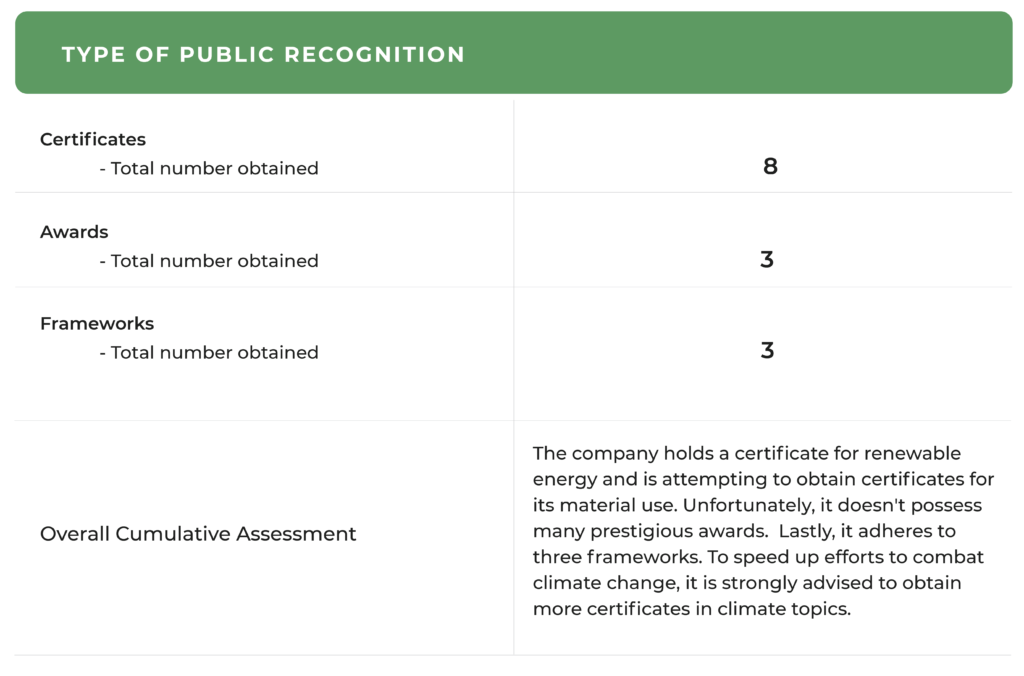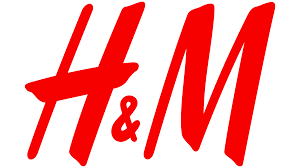
RATING

Negative
SECTOR
Fashion
Chief Sustainability Officer
Leyla Ertur
Contact Details:
LinkedIn
Stock Exchange and Ticker
OTCMKTS: HNNMY
Website
Contact
T: +46 8 796 55 00
E.mail: N/A
Listing
- #108 World’s Top Female-Friendly Companies (2022)
- #137 Mexico’s Best Employers (2022)
- #434 World’s Best Employers (2022)
- #279 Best Employers for Women (2022)
- #124 Canada’s Best Employers For Diversity (2022)
- #674 Global 2000 (2022)
- #291 Best Employers for Diversity (2022)
- #362 America’s Best Large Employers (2022)
- #115 Canada’s Best Employers (2022)
- #167 America’s Best Employers (2021)
Awards
- 2021 Corporate Responsibility Reporting Awards
- H&M Group ranked second in Fashion Revolution’s 2021 Fashion Transparency Index, scoring 68% (73% in 2020)
- Biodiversity Index 2021
Revenue
$22.40 B
Market Capitalisation
$16 B
Employees
155,000
Content source
H&M Sustainability Report
Evaluation of H&M
H&M is pledging to achieve net-zero by 2040 and to cut its absolute emissions by 56% by 2030, which stand behind H&M climate goals. In order to achieve these goals, the company made progress in different areas such as using recycling materials in its clothing from 5.8% to 17.9%. Moreover, efforts are being made to source certified materials, use less water, and use packaging that is more environmentally friendly. It has numerous partnerships to create more technological means to accomplish its objectives and support biodiversity. More women than in any other company make up a significant portion of the board.
However, H&M was involved in numerous scandals, particularly those involving human rights, and many external sources accused the company of greenwashing, also in relation to external rating companies such as Higg. These scandals are a clear sign that the path to sustainability of H&M is still long, that the changes implemented require consolidation and more transparency also internally to the company, and the company needs to prove specific progress in order to earn a better rating and regain the trust of consumers.
Sustainability Scorecard
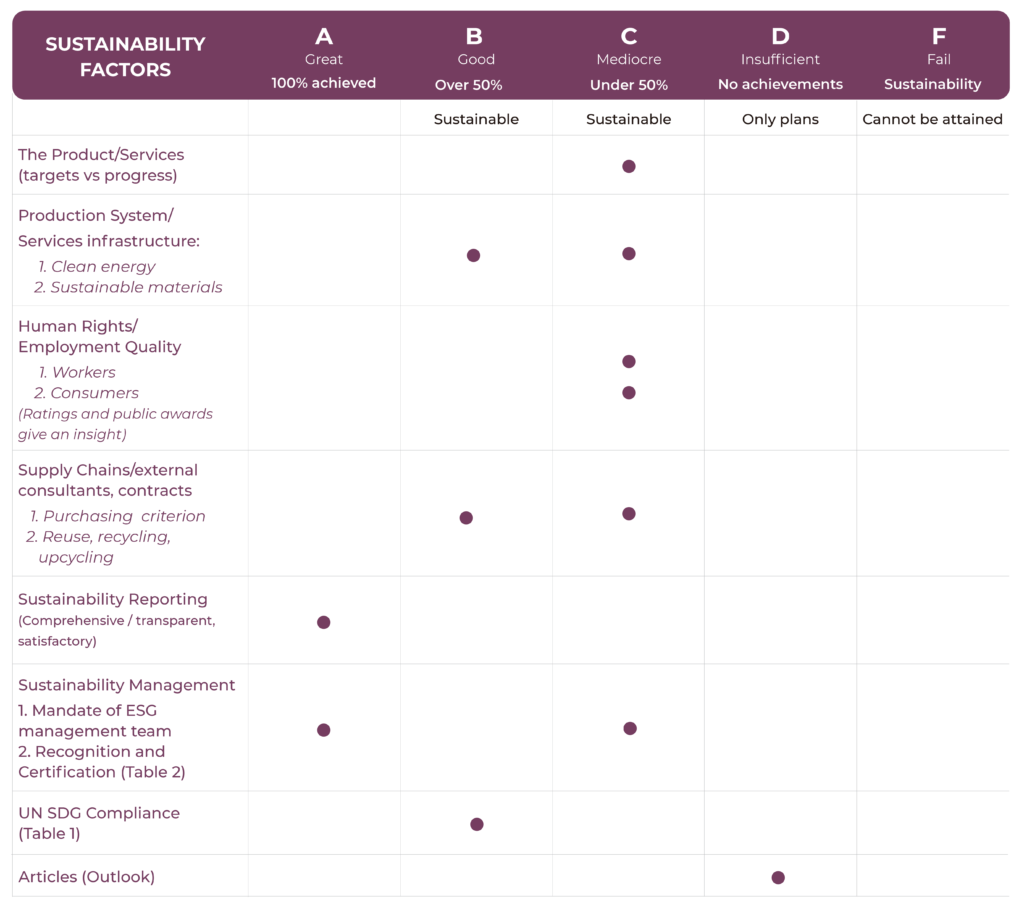
H&M Company Activity
H&M is a subsidiary fashion brand of H&M Group, a Swedish multinational clothing-retail company known for its fast-fashion clothing for men, women, teenagers and children. Hennes & Mauritz AB engages in the sale of clothing, accessories, footwear, cosmetics, and home textiles. The company products include accessories, underwear, cosmetics, sportswear, and other apparels. H&M Group includes nine brands: H&M, COS, Weekday, Monki, H&M Home, & Other Stories, ARKET and Afound. The group’s brands offer customers a variety of fashion, design and services.
H&M always strives to offer the very best combination of fashion, quality, price and sustainability with collections for women, men, teenagers, children and babies. Customers will find everything from unique designer collaborations and motivational sportswear to affordable wardrobe essentials, beauty products and dazzling accessories.
H&M Sustainability Activity - As per company declarations
H&M Group is working to ensure a sustainable fashion industry for all. The H&M group’s vision for sustainability is to lead the change towards circular and climate positive fashion while being a fair and equal company. Their sustainability work spans the entire value chain, focusing on their operations and, together with other stakeholders, the industry in general.
H&M group aims to be climate positive throughout our value chain by 2040. The main priorities for getting there are increased energy efficiency, renewable energy and carbon sinks that can absorb unavoidable greenhouse gas emissions. Fundamental to the H&M group’s climate work is our ambition to become fully circular. In addition to genuinely achieving sustainable development, the group aims to impact the lives of millions of people by creating fair jobs for all, and inclusion and diversity.
Certificate & Labels, Standards and Frameworks
- Task Force on Climate-Related Financial Disclosures (TCFD)
- Science Based Targets initiative (SBTi)
- UN Framework Convention on Climate Change (UNFCCC)
- Renewable electricity certificates
- Better Cotton Initiative (BCI) certification
- Forest Stewardship Council (FSC) certification
- Responsible Wool Standard-certification (RWS)
- Gemmological Certifcitaion Services (GCS) certification
- Good Cashmere Standard-certification (GCS) cashmere
- Responsible Mohair Standard-certification
- Responsible Down Standard-certification
H&M in the news: Press Reviews and Social Media
H&M under fire in US over sustainable material claims – Just Style
According to the 55-page lawsuit, H&M misleads customers about its Conscious Choice line. Because recycled polyester fibers are weakened during mechanical recycling from polyethylene terephthalate (PET) bottles, clothing made of recycled polyester is likely to end up in a landfill. The case contends that in a “circular economy,” materials should be recycled and reused “like-for-like” to reduce waste. Norrna is “breaking the law,” according to The Norwegian Consumer Agency, by marketing clothing as being environmentally friendly.
How Ethical or Sustainable is Fast Fashion Brand H&M?
We give brands points based on their efforts to do good things, such as paying living wages, using recyclable and organic materials, creating circular programs to prevent clothing from going to the landfill, and being open about where and how their clothing is made. Even if they followed all the right procedures, they wouldn’t be regarded as sustainable. Due to their rate of production—billions of garments are produced (and wasted) annually—fast fashion brands are still far less sustainable than slow fashion brands. Let’s examine this concept using H&M as an illustration, one of the forerunners of fast fashion. H&M’s more environmentally friendly line is called Conscious, but it is hardly what we would call environmentally friendly. This practice of making products seem more morally and environmentally conscious than they actually are in order to increase sales is known as “greenwashing.” Additionally, they practice greenwashing with their The Loop Machine recycling program, which looks great on paper.
https://qz.com/2180075/hm-showed-bogus-environmental-higg-index-scores-for-its-clothing
When compared to similar clothes produced by H&M and its rivals, more than half of the scorecards on the retailer’s website claimed that a piece of clothing was more environmentally friendly. The findings increase the skepticism toward the fast-fashion industry’s efforts to self-regulate its environmental record and call for new regulatory scrutiny. The Higg Index was created to provide a green overview of a garment’s environmental impact. Our investigation revealed that H&M’s website actually had words like “less” and “reduction” hard-coded into it so that its environmental scorecards could only present a green image of its clothing.
H&M Is Being Sued for Greenwashing. What Does That Mean For Fashion?
H&M is being sued for allegedly “greenwashing,” or making false claims about the sustainability of its clothing. A marketing student filed the lawsuit, claiming that she overpaid for “conscious” clothing that wasn’t actually conscious. Sustainability as a marketing strategy might become extinct, and perhaps it ought to. Marketing strategies based on sustainability may become extinct. Finding a way to gauge a product’s effects and then displaying that information on a label for consumers was one of the SAC’s objectives. H&M decided to base its pilot project of environmental scorecards on this average global metric. (H&M decided to support its pilot project of environmental scorecards with this average global metric.) However, opinions on what is actually sustainable vary. Higg advises using its material averages as a general starting point rather than a marketing claim on a particular product. “If you’re causing someone to buy a product based on those claims, that’s false advertising,” said Maxine Bédat. Many individuals doubt the viability of a company with H&M’s quick-and-dirty business model.
Highlights from H&M Sustainability Report
Achievements
- 22% absolute reduction in scope 1 & 2 CO2e emissions and 9% absolute reduction in scope 3 CO2e emissions, compared with 2019 baseline
- Tripled the share of recycled materials used in their garments from 5.8% to 17.9%
- 27.8% reduction in plastic packaging
Weaknesses and Setbacks
- No progress reported for some of their targets
- Involved in many scandals
Targets vs Progress Reported
| Target | Results reported |
|---|---|
| Circularity | |
| Design all our products for circularity using the Circulator by 2025 | No progress reported |
| Climate | |
| Source 100% renewable electricity in their own operations and tier one and two suppliers by 2030 | 95% renewable electicity in their own operations |
| Reduce electrical intensity (kWh/sqm of sales area and opening hour) by 25% (2016 baseline) by 2030 | 16.8% reduction in electrical intensity (kWh/sqm of sales area and opening hour |
| Reduce scope 1, 2 and 3 greenhouse gas emissions by 56% (2019 baseline) by 2030 | - 22% reduction in scope 1 and 2 emissions - 9% reduction in scope 3 emissons |
| Chemicals | |
| Achieve toxic free fashion by 2030 | - 609 of their textile and leather suppliers (95%) are enrolled in the ZDHC programme, achieving 99.9% MRSL compliance for wastewater (99.9% in 2020) and 95% compliance for chemical input (88% in 2020). Reaching and maintaining 100% enrolment is challenging due to the dynamic nature of our supply chain. 81% of chemicals used were assured to meet ZDHC requirements via the ZDHC Gateway -They used safer alternatives to potassium permanganate (used to distress denim) for 79% of their denim products |
| Materials | |
| Use 30% recycled materials in their products by the end of 20255 | 17.9% recycled materials were used in 2021 |
| All polyester used in their products will be 100% recycled by the end of 2025 | 63.7% recycled polyester were used in 2021 |
| All wood used in their products and packaging will be made of Forest Stewardship Council (FSC) certified materials, or fibres from alternative sources such as agricultural residues and post-consumer textiles by the end of 2025 | - 78% wood in their packaging is FSC-certified - Viscose fibre made from preconsumer textile waste and wood pulp, used by H&M HOME and Monki. In addition, & Other Stories and COS used Livaeco — made from fully traceable FSC certified fibres |
| All polyester used in their products will be 100% recycled by the end of 2025 | 50.7% animal-based leather was used in 2021 |
| Only source 100% recycled or more sustainably-sourced materials by the end of 2030 | 80% of recycled or other more sustainably sourced materials total in 2021 |
| Packaging | |
| All packaging designed and produced by the H&M Group will be reusable or recyclable by 2025 | No progress reported |
| Reduce packaging across their value chain by 25% (2018 baseline), including an absolute reduction in plastic packaging of 25% (2018 baseline) by 2025 | - 10.3% reduction in all packaging (from 2018 baseline) - 27.8% reduction in plastic packaging (from 2018 baseline) |
| Reuse or recycle 100% of packaging waste from their own sites by 2025 | No progress reported |
| Water | |
| Reduce water usage in production by 25% (2017 baseline) by 2022 | %10.3 reduction in production water use (water intensive tier 1 and 2 suppliers) from 2017 baseline |
| Recycle 15% of the total water consumed during production by 2022 | No progress reported |
UN SDGs Compliance Analysis
Progress made toward SDG targets
As reported by H&M
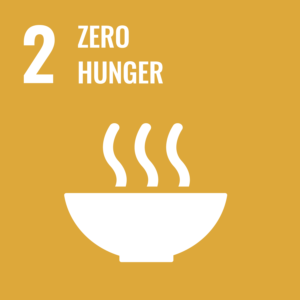
- Through the partnership with WWF, H&M started a project in the Satpura-Pench wildlife corridor in central India, supporting smallholder cotton farmers to adopt regenerative farming practices. The project aims to directly improve soil and pollinator biodiversity and help farmers build sustainable incomes, while also improving the local landscape to support larger species such as tigers
- As a Fashion Pact Signatory, they were able to join the Transforming Fashion for Nature project, funded by the Global Environment Facility in partnership with Conservation International, through which they will analyse the land, biodiversity and ecosystem impacts of their leather supply chain in Argentina, aligned with the SBTN framework
- They started a project with WWF in South Africa, in the location where the newest National Park in the country is being established. The project aims to engage 70 communal smallholders and 10 large commercial sheep farmers in working towards regenerative wool production that improves biodiversity and social development
- They were one of five recipients of a Green Traffic Light in the Ecogain Biodiversity Index 2021, out of 240 companies assessed
- They supported the science-policy interface for biodiversity by continuing to sponsor the Intergovernmental Science-Policy Platform on Biodiversity and Ecosystem Services (IPBES)
- To encourage systemic action on biodiversity, they contributed to an Ellen MacArthur Foundation study on how the circular economy can tackle biodiversity loss and they shared their approach to protecting nature at IPBES and International Union for Conservation of Nature (IUCN) events
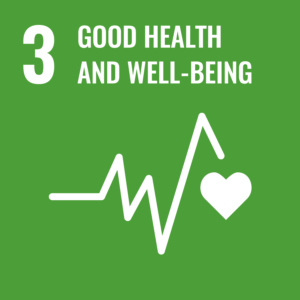
- They continued a health and wellbeing project in Indonesia to empower women in their supply chain, in partnership with the United Nations Population Fund and others. The project currently reaches more than 45,000 workers with trainings on topics including reproductive
- They played a leading role in negotiations towards the new International Accord for Health and Safety in the Textile and Garment Industry. This agreement between brands and trade unions commits them to upholding the health and safety work already undertaken in Bangladesh and to expand similar country-specific programmes across their supply chain

- In 2021, 74% of H&M Group colleagues were female and 71% of management positions were held by female colleagues (2020: 74%, 71%). Their board of directors had a 55%:45% (female:male) gender split (67%:33% in 2020)
- Their International Women’s Day celebrations raised awareness and supported charities empowering women. H&M lent its social media platforms to UN Women, Monki launched an initiative called ‘Speak up, take space!’ as part of its partnership with PLAN International, while the & Other Stories #mygrandmamyicon Instagram campaign raised money for CARE
- They joined the TENT initiative providing professional mentoring for refugee women in Europe to help them gain employment. They have committed to mentor 50 women across Germany, the Netherlands and Italy over a three-year period. Collectively, the TENT Partnership aims to mentor 1,250 refugee women during the period
- H&M South Africa continued its partnership with Clothes to Good (CTG), helping women — particularly mothers of children with disabilities — out of poverty
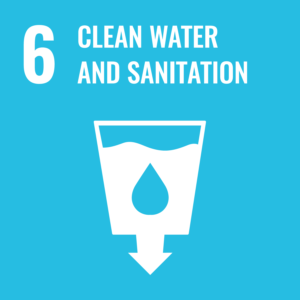
- They continued their work with WWF to set context-specific (contextual) water targets and develop their new 2030 Water Strategy. Together, they identified the contextual water conditions for over 1,100 of their suppliers, including issues such as external governance, WASH (water, sanitation and hygiene), quality, water scarcity, flooding and extreme climate-induced events
- They achieved a 10.3% reduction in production water use from a 2017 baseline and a 6.6% reduction compared to last year
- Where possible, they continued to partner with our suppliers to deploy water efficiency measures. For example, H&M HOME implemented a water efficiency project with suppliers in India, achieving 35-40% reduction in water use
- They worked with suppliers in Bangladesh to expand water recycling in denim washing facilities, and 34 suppliers now have these facilities in place. Globally, 21% of production water is being recycled and 43% of factories in the H&M Group supply chain have rainwater harvesting systems, where this is feasible
- They integrated water efficiency and recycling KPIs into our supplier Sustainability Index, making a direct link between supplier water performance and our purchasing decisions
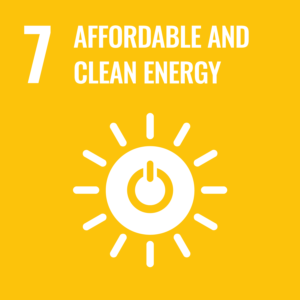
- They reached a 16.8% reduction in electricity intensity in their stores per square meter and opening hour, from a 2016 baseline
- They retrofitted LED lighting in around 720 stores and started retrofitting efficient heating, ventilation and air conditioning systems across multiple markets
- They launched their supply chain energy efficiency team, starting with four in-house consultants in four countries
- 95% of electricity purchased for their operations was renewable
- 5 of their distribution centers installed solar panels, with a combined peak capacity of 1,375 MWh
- In India, 2 of outheirr suppliers achieved 100% renewable electricity supply through a combination of onsite generation and energy trading
- 75% of H&M HOME suppliers have installed onsite renewable electricity sources
- Approximately 60% of COS garments produced in Turkey — 18% of global COS garment production — were produced using renewable electricity
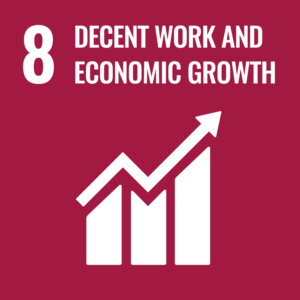
As part of tehir commitment to responsible recruitment of 2,000 refugees within our Turkey supply chain by 2025, 710 refugees were employed in their supply chain
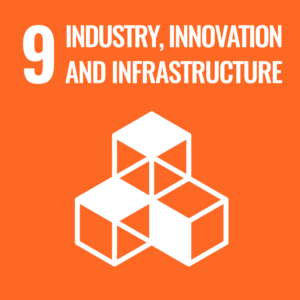
- They scaled use of AI and other tools to align production with demand. Their AI tool Movebox optimises supply by enabling redistribution of products to locations where there is demand. In 2021, they rolled out use of Movebox, which is now used by 60% of theit sales markets (including franchise markets)
- With Canopy, they continued to drive innovation on paper packaging. They are investigating how to increase theit share of post-consumer recycled paper and exploring next-generation paper products made from alternatives to wood and from recycled content, such as using agriculture waste to make paper in India
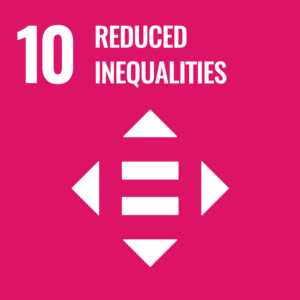
- They disclosed demographic data for Group operations in the US
- They joined the steering committee and working group of the World Economic Forum Partnering for Racial Justice in Business initiative, aiming to build equitable workplaces with a focus on under-represented racial and ethnic identities
- H&M celebrated Pride by launching the Beyond the Rainbow campaign to support the United Nations Free & Equal campaign, a global initiative for LGBTQIA+ equality. This campaign is not linked to a collection or product — instead it provides a platform for voices and stories from the LGBTQIA+ community, including their colleagues, and encourages other to share their own stories
- COS donated 100% of the proceeds of its Pride t-shirt capsule collection to local charity partners, including Kaleidoscope Trust a human rights charity campaigning for LGBTQIA+ people
- Monki’s Head Office was re-certified by RFSL, the Swedish Federation for Lesbian, Gay, Bisexual and Transgender Rights
- In Indonesia, they took part in a workplace inclusion project for workers with disabilities, together with Better Work and USAID Mitra Kunci. 17 factories are currently enrolled, with the aim to cover 100% of our production factories by 2025
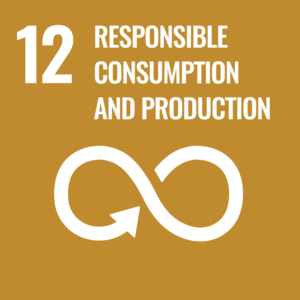
- Their commercial product teams are led by H&M Group’s circular product development tool — Circulator — which aligns with the Ellen MacArthur Foundation’s circular economy vision. It guides them to create products from safe and recycled or renewable inputs, designed to be used more, and made to be made again
- H&M presented the first collection using an early version of the Circulator tool, as part of its Innovation Collection, while Monki released a collection in early 2021 testing out the Circulator Guide
- H&M, Monki and Weekday joined with others in their industry to advance the Ellen MacArthur Foundations’ Jeans Redesign guidelines. H&M released a ladieswear collection following the guidelines in 2021
- They achieved 80.0% recycled or other more sustainably sourced materials, including tripling the share of recycled materials to 17.9% (largely due to increased volumes of recycled cotton and polyester)
- They established a new internal Material organisation to accelerate our sustainable materials strategy. The organisation will work closely with their assortments teams to scale up innovations and sustainable material sourcing across H&M Group
- In 2020, they achieved their goal to source 100% more sustainably sourced cotton (recycled, organic and other more sustainably sourced cotton)
- To support more cotton farmers to transition to organic practices and accelerate capacity building in the organic cotton sector, they expanded their use of “in-conversion” cotton. In-conversion cotton is the output from farms that are in process of getting organic certification. In 2021, they sourced in-conversion cotton from 2,000 farmers
- In collaboration with the Circular Innovation Lab, COS tested Materra™, a new way to grow cotton that increases yields and fibre quality, while minimising water and pesticide use as well as carbon footprint
- 78% wood in their packaging is FSC-certified
- In 2021, nine styles across various brands and assortments used Circulose®, an MMC fibre made from recycled cotton waste and developed through support from their H&M CO:LAB investment arm
- TreeToTextile, part-owned by the H&M group, continued upscaling production of its low cost, 100% traceable cellulosic fibre, sourced from sustainably managed forests
- TreeToTextile, part-owned by the H&M group, continued upscaling production of its low cost, 100% traceable cellulosic fibre, sourced from sustainably managed forests
- 95% (13% in 2020) of their cashmere was Good Cashmere Standard (GCS) compliant
- 100% (100% in 2020) of our mohair was Responsible Mohair Standard (RMS) compliant or from recycled sources
- 100% (100% in 2020) of our their down was Responsible Down Standard (RDS) compliant
- 50.7% (44% in 2020) of all leather products were produced with chrome-free tanned leather, including vegetable tanned leather and metalfree leather
- 17.9% (5.8% in 2020) of our materials were from recycled sources
- 63.7% of our polyester is from recycled sources (according to the Higg Materials Sustainability Index), which have a significantly lower carbon footprint than conventional sources
- They signed The Microfibre Consortium (TMC) 2030 Commitment, a global commitment to work towards zero impact on nature from textile fibre fragmentation by 2030
- Our 24-month research project — A Management Tool for Microplastics from Textile Production Process — continued in partnership with the Hong Kong Research Institute of Textiles and Apparel (HKRITA)
- They used safer alternatives to potassium permanganate (used to distress denim) for 79% of our denim products
- 609 of their textile and leather suppliers (95%) are enrolled in the ZDHC programme, achieving 99.9% MRSL compliance for wastewater (99.9% in 2020) and 95% compliance for chemical input (88% in 2020). Reaching and maintaining 100% enrolment is challenging due to the dynamic nature of their supply chain. 81% of chemicals used were assured to meet ZDHC requirements via the ZDHC Gateway, exceeding our goal of 60%
- In 2021, 60% of hangers were recycled and 18% were reused
- In 2021, they removed the garment polybags for our portfolio brands in several markets to improve the recycling rate by keeping them under their own control
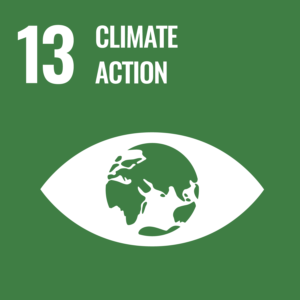
- Their scope 1 and 2 emissions decreased by 22%, compared to 2019 baseline (–34% compared to last year) and their scope 3 emissions decreased by 9%, compared to 2019 baseline (+6% compared to last year)
- Their transport and business travel emissions increased by 6% to 478 kilotonnes CO2e, including a reduction in air freight emissions of 32%
- They set an initial carbon price in 2021, which they will increase over time to shift behaviour towards more sustainable buying decisions
- Their Climate Positive Roadmap tool forecasts future emissions scenarios for their full value chain and calculates the levers for greatest impact reduction, allowing them to prioritize where to invest
- They have set up a green investment team with a single focus: financially support projects to reduce H&M Group´s emissions throughout the value chain. The team will measure return on investment by emissions reductions, not financial gain
- Sourcing external financing: Their EUR 500 million sustainability-linked bond provides external finance for carbon reduction activities
- They also partner with peers to reduce emissions across shared transport supply chains. As well as being a signatory to the Arctic Shipping Corporate Pledge, they are members of BSR’s Clean Cargo and Sustainable Air Freight Alliance, Green Freight Asia, Network for Transport Measures and The Pathways Coalition
- They require sea transporters to register their environmental performance in the Clean Shipping Index or Clean Cargo Working Group for evaluation
- In Cambodia, they launched an app to enable traceability of boiler feedstock and we aim for Cambodia to be their first production country to use 100% biomass boilers
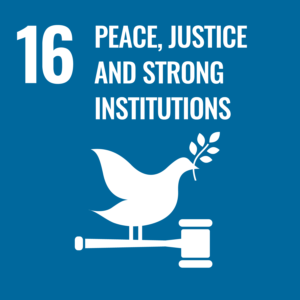
- Launching the Speak Up grievance channel for colleagues and business partners as part of their new Ethics Portal
- The International Organization for Migration provided training on forced labour to 41 colleagues and 298 supplier factories, with a total of 517 participants
- – Together with Shift, they delivered deepdive trainings with colleagues responsible for ongoing human rights due diligence, including sessions on taking action, and remedy and grievance
- Key colleagues in the H&M marketing and communication team participated in training on child rights led by UNICEF
- They engaged with emerging mandatory due diligence legislation, for example the EU Sustainable Corporate Governance initiative
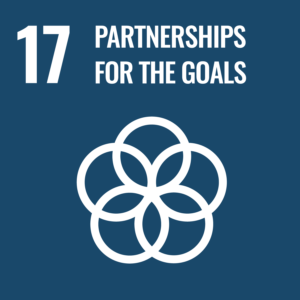
- They collaborated with suppliers to implement renewable electricity and heat projects
- In Indonesia, they collaborated with HSBC, WWF and the World Resources Institute on a project to address barriers to transitioning to biomass boilers
- They support and provide advisory input to WWF’s global Biodiversity Stewardship Programme through their partnership with WWF
- By joining Fashion for Good’s 18-month Sorting for Circularity Project, they started a collaboration with other brands to scale recycling capacity in Europe
- They collaborated with policy makers to catalyse systemic change, including joining the UNFCCC Race to Zero and engaging in COP26
Sustainability Certificates, Awards and Listings
